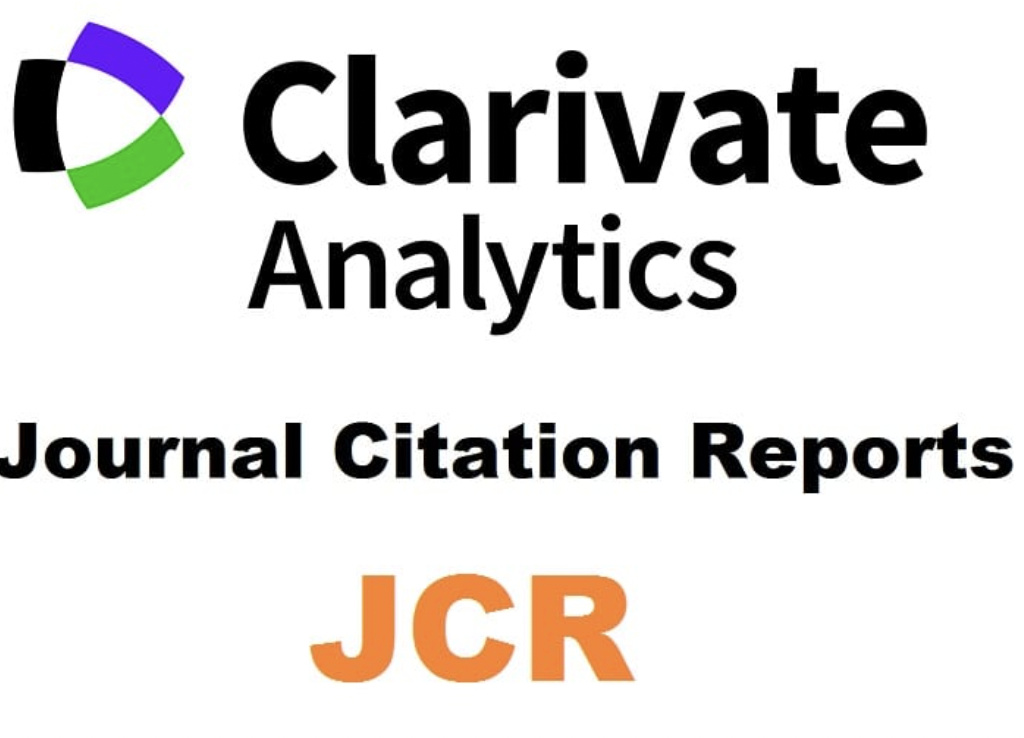Miranda Unchained:
The Evolution of Feminine Freedom in Screen Representations of The Tempest
Supporting Agencies
- This publication is part of the emergent research group “CIRCE: Early Modern Theatre on Screen” (Universitat de València, reference CIGE/2021/086), with Víctor Huertas-Martín as principal investigator, financed by Conselleria de Innovación, Universidades, Ciencia y Sociedad Digital de la Generalitat Valenciana.
Abstract
This paper examines the portrayal of female characters analogous to Miranda from William Shakespeare’s The Tempest in four audiovisual adaptations: the short black-and-white film The Tempest (Stow, 1908), the film Forbidden Planet (Wilcox, 1956), the episode “Requiem for Methuselah” from the TV series Star Trek (Bixby & Golden, 1969), and the Ikea TV commercial “Beds” (Cabral, 2014). Using gender theory alongside a semi-neo-historicist approach, my analysis contrasts the representation of these characters with the status of women’s rights in the corresponding historical periods. This study evaluates whether these portrayals reflect or challenge contemporaneous gender norms and societal roles and traces the broader evolution of gender equality and feminine freedom in the Western world from the 20th century to today. The findings suggest a generally positive trajectory, although often more progressive than that of the four productions’ historical realities.
Downloads
-
Abstract299
-
PDF249
References
Bixby, J. (Writer), & Golden, M. (Director). (1969, February 14). Requiem for Methuselah (Season 3, episode 19) [TV series episode]. In G. Roddenberry (Producer), Star Trek. Paramount.
Boğosyan, N. (2012). Postfeminist Discourse in Shakespeare’s The Tempest and Warner’s Indigo: Ambivalence, Liminality and Plurality. Newcastle upon Tyne: Cambridge Scholars.
Booker, M. K. (2018). Star Trek: A Cultural History. London: Rowman & Littlefield.
Brown, H. G. (1962/2012). Sex and the Single Girl: The Unmarried Woman’s Guide to Men. New York: Open Road Integrated Media.
Buchanan, J. (2005). Shakespeare on Film. Harlow: Pearson.
Cabral, J. (Director). (2014). Beds [TV commercial]. Mother London. YouTube: https://www.youtube.com/watch?v=Hi7HTNtEyVs
Cixous, H. (1975/1976). The Laugh of the Medusa. (K. Cohen, & P. Cohen, Trans.). Signs, 1(4), 875–93.
Dyer, G. (1982/2009). Advertising as Communication. London and New York: Routledge.
Felder, D. G. (2020). The American Women’s Almanac: 500 Years of Making History. Canton, MI: Visible Ink Press.
Friedan, B. (1963/2001). The Feminine Mystique. New York: Norton.
Girard, D. (2021). Gender. In L. Garcia-Siino, S. Mittermeier, & S. Rabitsch (Eds.), The Routledge Handbook of Star Trek (pp. 386–393). New York and Abingdon: Routledge.
Gonzalez, G. A. (2022). Star Trek and Star Wars: The Enlightenment versus the Anti-Enlightenment. New York: Peter Lang.
Greven, D. (2009). Gender and Sexuality in Star Trek: Allegories of Desire in the Television Series and Films. Jefferson: McFarland & Company.
Gross, E., & Altman, M. A. (2016). The Fifty-Year Mission. The First 25 Years: The Complete, Uncensored, Unauthorized Oral History of Star Trek [Ebook]. New York: St. Martin’s Press.
Hamilton, C. (1909/1981). Marriage as a Trade. London: The Women’s Press.
Hodgson, J. W. (2001). $elling $hakespeare: Cultural Literacy/Cultural Capital. Unpublished Doctoral Dissertation, University of Oklahoma, USA.
Hopkins, L. (2008). Screen Adaptations. Shakespeare’s The Tempest: The Relationship between Text and Film. London and New York: Bloomsbury.
Howard, T. (2007). Shakespeare’s Cinematic Offshoots. In R. Jackson (Ed.), The Cambridge Companion to Shakespeare on Film (pp. 303–323). Cambridge: Cambridge University Press.
Kidnie, M. J. (2009). Shakespeare and the Problem of Adaptation. London and New York: Routledge.
Kunat, J. (2014). “Play me false”: Rape, Race, and Conquest in The Tempest. Shakespeare Quarterly, 65(3), 307–327.
Lanier, D. (2002). Shakespeare and Modern Popular Culture. Oxford: Oxford University Press.
Lanier, D. (2012). Marketing. In A. E. Kinney (Ed.), The Oxford Handbook of Shakespeare (pp. 498–514). Oxford: Oxford University Press.
Lanier, D. (2014). Shakespearean Rhizomatics: Adaptations, Ethics, Value. In A. Huang & E. Rivlin (Eds.), Shakespeare and the Ethics of Appropriation (pp. 21–40). New York: Palgrave Macmillan.
Leininger, L. J. (1983). The Miranda Trap: Sexism and Racism in Shakespeare’s The Tempest. In C. R. S. Lenz, G. Greene & C. T. Neely (Eds.), The Woman’s Part: Feminist Criticism of Shakespeare (pp. 284–294). Urbana, Chicago, and London: University of Illinois Press.
Lerer, S. (2000). Forbidden Planet and the Terrors of Philology. Raritan, 19(3), 73–86.
Lindley, D. (2013). Introduction. In W. Shakespeare, The Tempest (2nd ed.) (pp. 1–101). Cambridge: Cambridge University Press.
Loomba, A. (1989). Gender, Race, Renaissance Drama. Manchester and New York: Manchester University Press.
McCann, A., and Walker, A. S. (2024, December 3). Tracking Abortion Bans Across the Country. The New York Times. Retrieved 29 December, 2024 from https://www.nytimes.com/interactive/2022/us/abortion-laws-roe-v-wade.html.
McCombe, J. P. (2005). “Suiting the Action to the Word”: The Clarendon “Tempest” and the Evolution of a Narrative Silent Shakespeare. Literature/Film Quarterly, 33(2), 142–155.
Millett, K. (1969/2000). Sexual Politics. Urbana and Chicago: University of Illinois Press.
Mora-Rioja, A. (2017). “Go Bring the Rabble”: The Subaltern in William Shakespeare’s The Tempest. Babel A.F.I.A.L., 26, 5–22.
Purdy, E. R. (2009). Family and Daily Life. In R. P. Carlisle (Ed.), Postwar America: 1950 to 1960 (pp. 21–36). New York: Infobase.
Roddenberry (Writer), & Butler, R. (Director). (1965, February/1986, October 14/). The Cage (Pilot) [TV series episode]. In G. Roddenberry (Producer), Star Trek. Paramount.
Shakespeare, W. (1623/2013). The Tempest (D. Lindley, Ed.). Cambridge: Cambridge University Press.
Shatner, W. (1993). Star Trek Memories. New York: Harper Collins.
Slights, J. (2001). Rape and the Romanticization of Shakespeare’s Miranda. SEL Studies in English Literature, 41(2), 357–379. doi: 10.2307/1556193
Smithsonian. (2019). Women: Our Story. New York: DK.
Stow, P. (Director). (1908). The Tempest [Film]. Clarendon.
Thompson, A. (1991/2009). “Miranda, Where’s Your Sister?”: Reading Shakespeare’s The Tempest. In G. Graff, & J. Phelan (Eds.), The Tempest (2nd ed) (pp. 402–412). Boston and New York: Bedford/St. Martin’s.
Traqline (2022, March 16). Gender’s Role in Purchases: Reaching Your Target Demographic. Traqline. Retrieved 29 December, 2024 from https://www.traqline.com/newsroom/blog/genders-role-in-purchases-i-dont-mean-to-sound-sexist-but/
United Nations (2023). The Sustainable Development Goals Report 2023, Special Edition. New York: United Nations Publications. Retrieved 29 December, 2024 from https://unstats.un.org/sdgs/report/2023/The-Sustainable-Development-Goals-Report-2023.pdf
United Nations (2024). The Sustainable Development Goals Report 2024, Special Edition. New York: United Nations Publications. Retrieved 29 December, 2024 from https://unstats.un.org/sdgs/report/2024/The-Sustainable-Development-Goals-Report-2024.pdf
Vaughan, V. M., & Vaughan, A. T. (Eds.) (2001). Introduction. In W. Shakespeare, The Tempest (pp. 1–138). London: Bloomsbury Arden Shakespeare.
Vettel-Becker, P. (2014). Space and the Single Girl: Star Trek, Aesthetics and 1960s Femininity. Frontiers: A Journal of Women Studies, 35(2), 143–178. https://doi.org/10.5250/fronjwomestud.35.2.0143
Wilcox, F. M. (Director). (1956). Forbidden Planet [Film]. Metro-Goldwyn-Mayer.
Zweiniger-Bargielowska, I. (2001). Women in Twentieth-Century Britain. Abingdon and New York: Routledge.

This work is licensed under a Creative Commons Attribution-NonCommercial-ShareAlike 4.0 International License.
The works published in this journal are subject to the following terms:
1. The Publications Services at the University of Murcia (the publisher) retains the property rights (copyright) of published works, and encourages and enables the reuse of the same under the license specified in item 2.
2. The works are published in the electronic edition of the magazine under a Creative Commons Attribution Non-commercial Share Alike 4.0.
3.Conditions of self-archiving. Authors are encouraged to disseminate pre-print (draft papers prior to being assessed) and/or post-print versions (those reviewed and accepted for publication) of their papers before publication, because it encourages distribution earlier and thus leads to a possible increase in citations and circulation among the academic community.
RoMEO color: green







